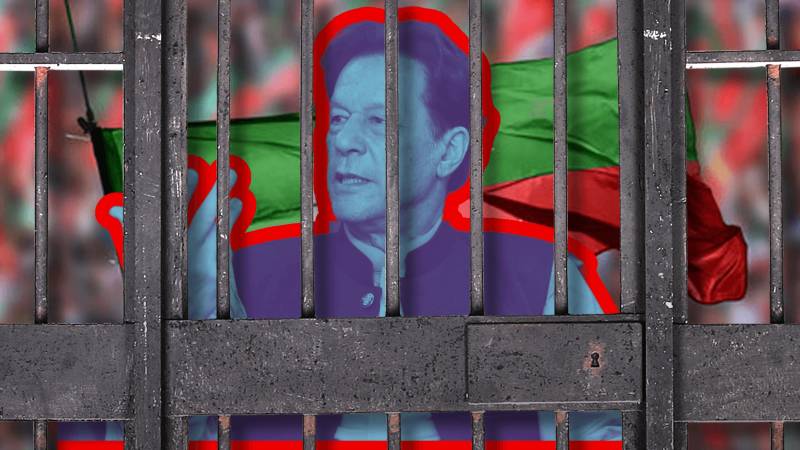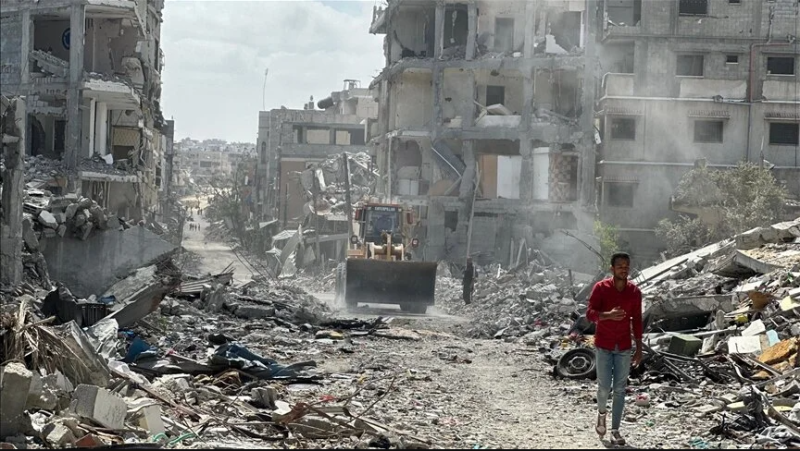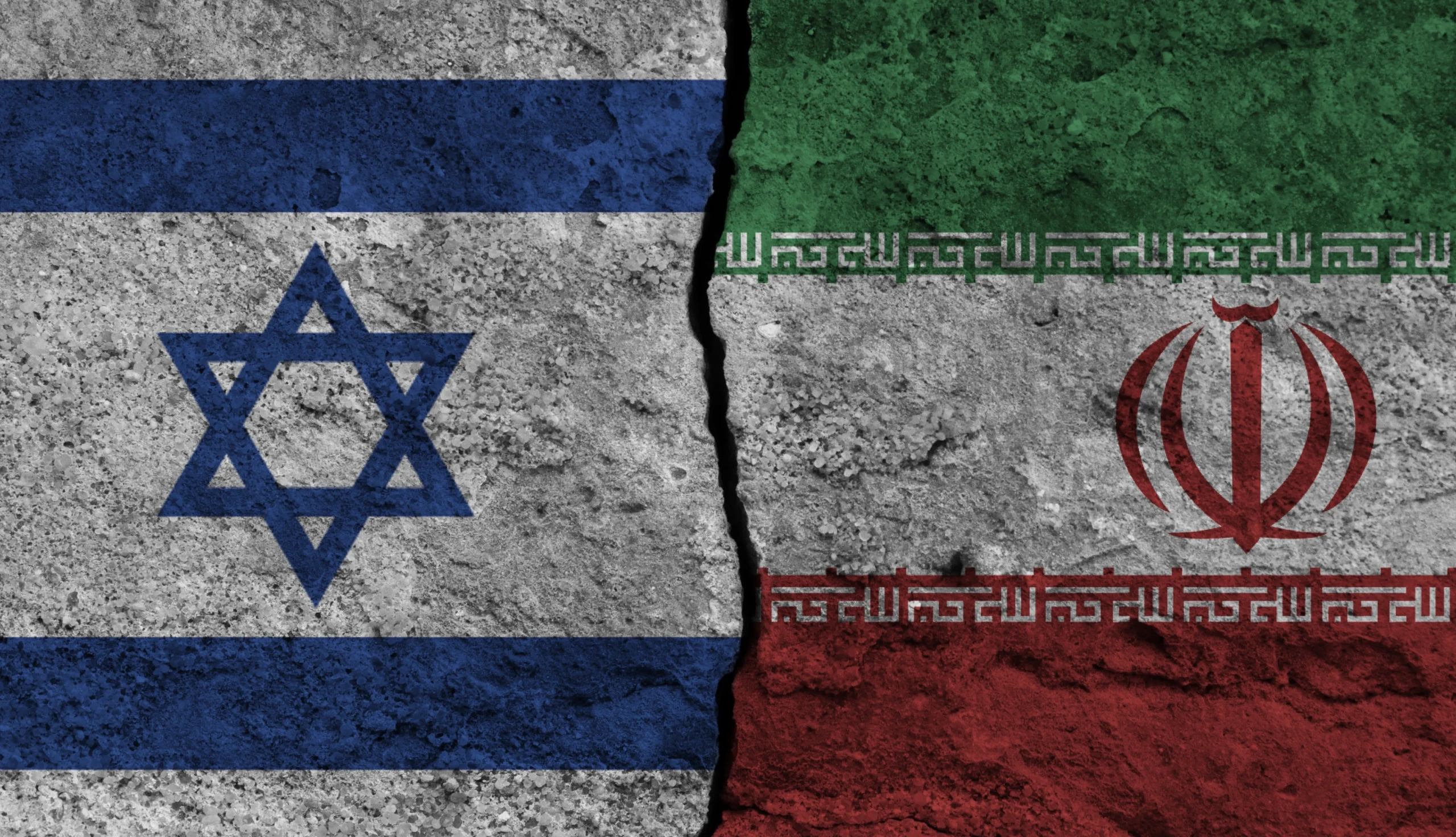Zafar Iqbal
In the fiscal year 2023-24, Pakistan experienced the lowest level of fixed investment in its history. This amounted to an estimated 11.4% of the GDP, a significant decrease from 15.4% in 2017-18 and an even higher 16.3% in 2007-08. Both private and public investments saw sharp declines during this period.
Public investment represented 2.8% of the GDP, down from 4.6% in 2017-18, while private investment plummeted to 11.4% of the GDP from 15.4% in the same period. There were also notable changes in the sectoral composition of private sector investment, with the share of manufacturing dropping from nearly 20% in 2017-18 to 11% in 2023-24.
In terms of absolute magnitude at constant prices, there was a decrease of over 51% in manufacturing investment. Additionally, investment in transportation, information and communication, and other sectors fell by 60%, 47%, and 21% respectively. However, the agricultural sector maintained momentum, accounting for over 35% of total private investment, with an annual growth rate of almost 3% since 1999-2000.
Interestingly, despite the overall investment slump, the real estate sector experienced a significant increase in new projects. Private investment in this sector rose to 22%, surpassing the level of investment in the manufacturing sector in 2023-24. The annual growth rate of private investment has been 2.5% since 1999-2000, but it significantly increased to almost 4% in the real estate sector. This shift from manufacturing to real estate, driven by a lower tax burden, raises concerns about export-led growth.
Turning to public investment, this is carried out by public sector entities such as State-Owned Enterprises (SOEs) or by the Federal and Provincial governments through the annual development program. Currently, government ministries account for 83% of public investment. Similar to private investment, public investment also experienced a significant decline. Investment by public sector enterprises decreased by 64% since 2017-18, and the combined development expenditure by the federal and provincial governments in 2023-24 declined by 36% compared to 2017-18 levels at constant prices of 2015-16. Notably, federal government development spending fell by over 40%.
It is essential to acknowledge that deliberate policy measures have been implemented in recent years to reduce the level of private investment in order to narrow the investment-savings gap, particularly reflected in the size of the current account deficit. The gap, which was as high as 7.9% of the GDP in 2007-08 and 5.4% of the GDP in 2017-18, was virtually eliminated in 2023-24, with the current account deficit standing at only $0.7 billion.
Given the economy’s high level of external financial vulnerability in recent years, the policy framework has focused on reducing the level of investment as a percentage of the GDP. This was evidenced by the unprecedented increase in interest rates to 22% by the State Bank of Pakistan (SBP) in 2022. Furthermore, the substantial depreciation of the rupee in 2022-23 added to investment costs. The significant rise in electricity and gas tariffs also reduced profitability and deterred new investments.
The return on equity of public limited companies saw a sharp decline, dropping to 10.5% in 2023 from 21% in 2021. Another factor constraining private investment was the substantial increase in bank borrowing by the federal government to finance a rapidly growing budget deficit. As a result, a large portion of bank deposits were utilized for the acquisition of government bonds with high returns and zero risk.
In the fiscal year 2023-24, the federal government’s borrowings for budgetary support from the banking system amounted to Rs 7,477 billion, while credit to the private sector was only Rs 364 billion. In fact, there was a contraction in credit to the private sector of Rs 376 billion by the 6th of September 2024.
The significant decline in the level of investment inevitably led to a major loss of economic growth momentum. Historically, Pakistan’s incremental capital-output ratio has been between 3 and 3.5. With the current level of investment at 11.4% of the GDP, it is unlikely that the sustainable GDP growth rate will exceed 3.5%.
Comparing the level of investment in Pakistan with other South and East Asian countries, it becomes evident that Pakistan’s investment level falls far below the average. In countries such as India, the total investment has been consistently over 25% of the GDP, with the private sector accounting for over 70% of this investment. For example, in 2022-23, India’s total investment was above 33% of the GDP, with prevailing interest rates below 9%.
The decline in government investment in the form of development spending can be attributed to the increasing share of expenditure on debt servicing and defense, coupled with a lower revenue to GDP ratio. In 2017-18, development spending accounted for 22% of total public expenditure, but this figure has now fallen to only 10%. It is clear that the revenue-to-GDP ratio must be significantly increased to facilitate substantial investments, especially in critical sectors such as education, health, water resources, electricity distribution, and highways.
Considering the prospects for investment in light of a new three-year IMF program, it is essential to note that the IMF has acknowledged the role of the SBP in reducing interest rates in response to the decline in the rate of inflation. However, it is uncertain whether further cuts in interest rates will be supported. There are indications that the IMF advocates for a return to a market-based exchange rate policy without artificial controls. Additionally, electricity tariff increases may be required to prevent the growth of circular debt.
Therefore, in the short run, it is unlikely that there will be a significant recovery in both private and public investment in the country. This low rate of economic growth is expected to persist, accompanied by a high rate of unemployment.
















